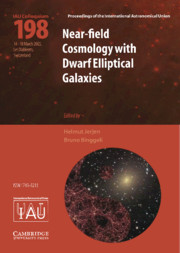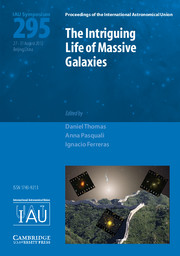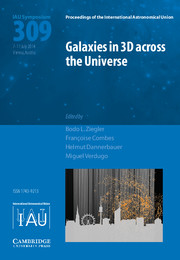Galaxies
Galaxies are large systems of stars, some of which contain interstellar gas and dust. They also contain much invisible matter, which may be in the form of weakly interacting elementary particles. In this introductory textbook, the first chapter introduces the study of galaxies. This is followed by two chapters on observations of galaxies, including our own. There are then three chapters on galactic structure: the manner in which motions of stars determine galactic shape, the determination of galactic masses, and the structure of discs in spirals. Galactic evolution, especially changes in chemical composition over time, is covered. The book concludes with a discussion of the origin of galaxies and their relation to more general questions in cosmology. The book includes mathematical presentation where this enables the discussion to be quantitative.
- Ideal introduction for astronomy undergraduates
- Complete account of the largest component of our Universe
- Covers observations and theory
Product details
March 1993Paperback
9780521367103
228 pages
247 × 174 × 14 mm
0.423kg
92 b/w illus.
Available
Table of Contents
- Preface
- Symbols
- Numerical values
- 1. Introduction
- 2. Observations of the Galaxy
- 3. Properties of external galaxies
- 4. Stellar dynamics
- 5. Masses of galaxies
- 6. The interstellar medium in our Galaxy
- 7. The chemical evolution of galaxies
- 8. Galaxies and the Universe
- 9. Concluding remarks
- Appendices
- Index.









